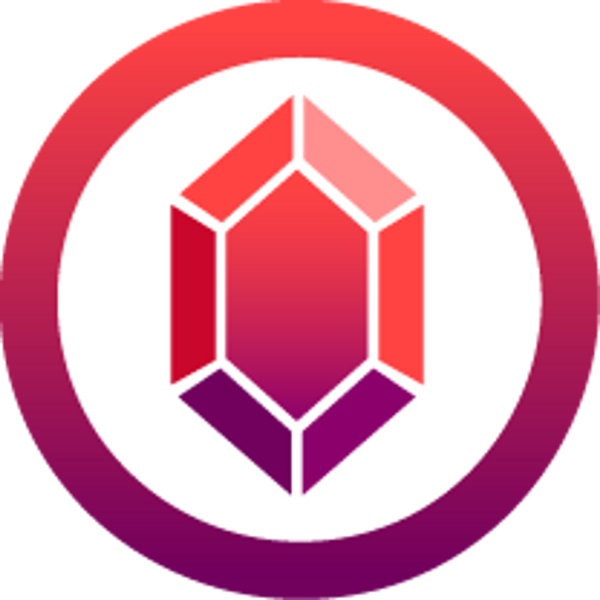Non-fungible tokens, or NFTs, are all the rage. These unique or limited-edition, indivisible tokens have soared in popularity as a means of representing ownership of digital artworks, in-game items, and other virtual and physical collectibles.
With some tokens changing hands for millions of dollars, there's legitimate concern about what gives NFTs value and how this new asset class will fare over the long term, as the appeal of individual NFTs can be highly subjective and is often driven primarily by sentiment and speculation. Because Ruby's gem NFTs are imbued with real utility, they have intrinsic value, making them a long-term store of value as well as collectible pieces of generative art in their own right.
Why Are NFTs Valuable?
There's a saying that "something is worth what someone else will pay for it." However, the crypto markets can be highly emotional, with assets frequently fluctuating wildly in price over every timeframe. In the case of digital art, there's no reliable way to know what an NFT "should" be worth. The lack of liquidity for many NFTs compounds this difficulty, and makes purchasing them even more risky.
Trading volumes for NFTs that were once popular can quickly dry up as tastes and trends change. The number of traders willing to buy, and the price they are willing to pay, can both plummet, destroying confidence in the future of a project that seemed promising just days or weeks earlier. Some collections (like the ground-breaking CryptoPunks) may hold their value forever as pieces of digital history, but many others have already fallen into obscurity.

Measuring Fair Market Value
In the traditional financial world, investors have a wide range of tools to help them estimate the fair value of a given asset. Most of these methods are absent in crypto, leading analysts to develop whole new approaches (on-chain analyst Willy Woo being one of the pioneers in the field). But as the blockchain space evolves, the DeFi sector is starting to incorporate some of the more useful ideas from TradFi, and adapting them to fit within the framework of decentralized finance.
Recent projects are injecting new functionality into NFTs, tying ownership to specific services or access to upgrades and benefits. These developments see NFTs evolving from a means of trading digital collectibles to becoming revenue-generating vehicles with intrinsic financial utility in their own right. As such, they can be valued using conventional TradFi tools and metrics.

These developments start to give users the crucial data required to calculate the real, long-term, measurable value of NFTs, decoupled from temporary speculative hype. Ruby.Exchange's NFTs will do the same.
Gems: Adding Intrinsic Value To NFTs
Ruby's NFTs are both rare pieces of generative artwork, and have real utility. Gems will have different attributes that give liquidity providers yield boosts, trading fee rebates, and other benefits. Because these are measurable, each user can quickly gauge what a gem would be worth.
For example, a user with $50,000 of liquidity staked in one of Ruby's pools would immediately recognize that a gem that confers a 10% APY LP boost is worth $5,000 per year to them in practical terms. A trader who is not interested in providing liquidity has no immediate use for this gem, and might therefore decide to sell it.
Meanwhile, the appearance of each generative NFT—the attributes, quality, and rarity of the artwork—is a "value add" to the holder: Hard to calculate objectively, but a bonus on top of whatever intrinsic value the token has.
A New Era For NFTs
NFTs are one of the most exciting developments to come out of the blockchain space, but until recently, these tokens have generally been used to represent digital collectibles. What gives those NFTs value is entirely subjective. Ruby is broadening the use cases for NFTs—creating new financial instruments that have real, measurable utility within the SKALE ecosystem, enabling investors to set their price on the secondary market, and making them a long-term store of value.
Find out more by following us on Twitter and Telegram, or subscribing to the Ruby blog.






